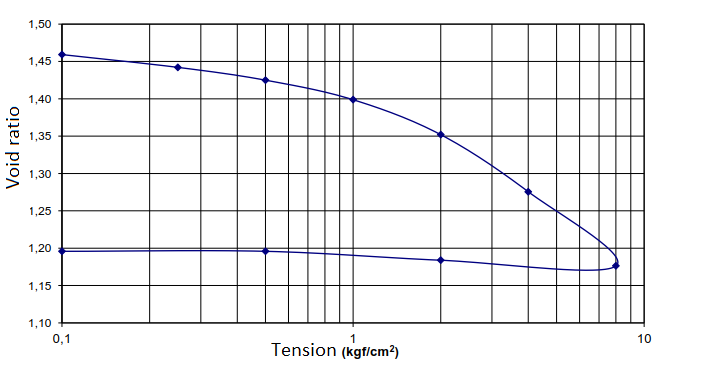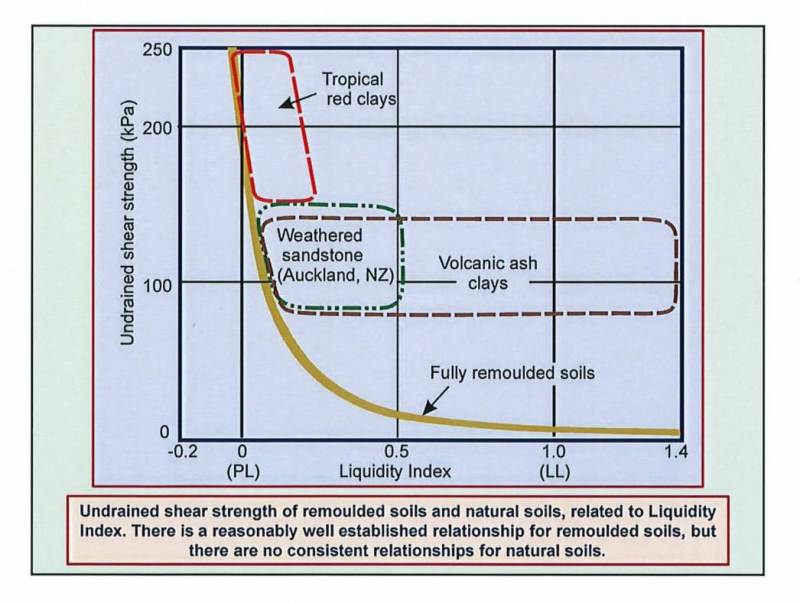Hi guys, what would you suggest to use for determing bearing capacity of shallow foundations on a high plasticity silt? The in situ permeability test were about 1E-04 cm/s. Water table is about 4 meters deep.
Would you use drained or undrained analysis? The results from the undrained triaxial tests where fricion angle=27 and cohesion=25 kPa. The undrained resistance is Su/r0=0,3
Thanks for your help.
Would you use drained or undrained analysis? The results from the undrained triaxial tests where fricion angle=27 and cohesion=25 kPa. The undrained resistance is Su/r0=0,3
Thanks for your help.


